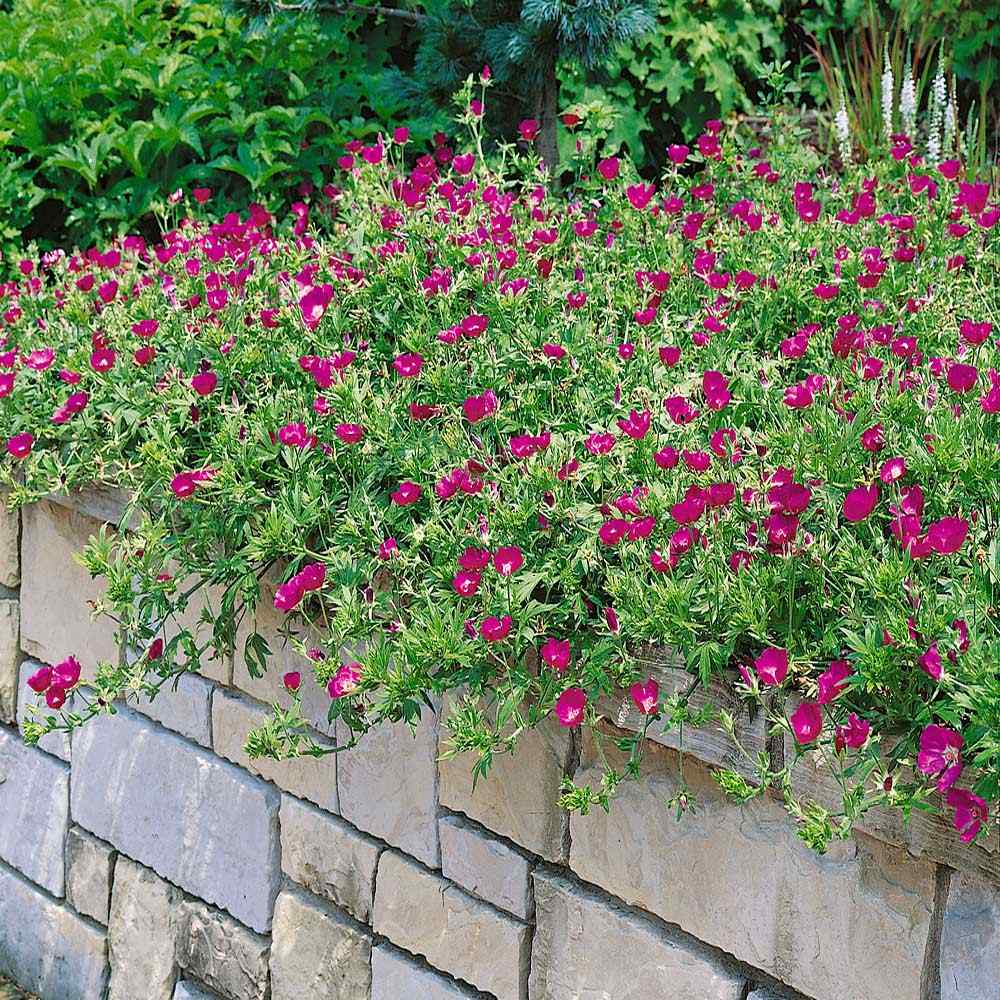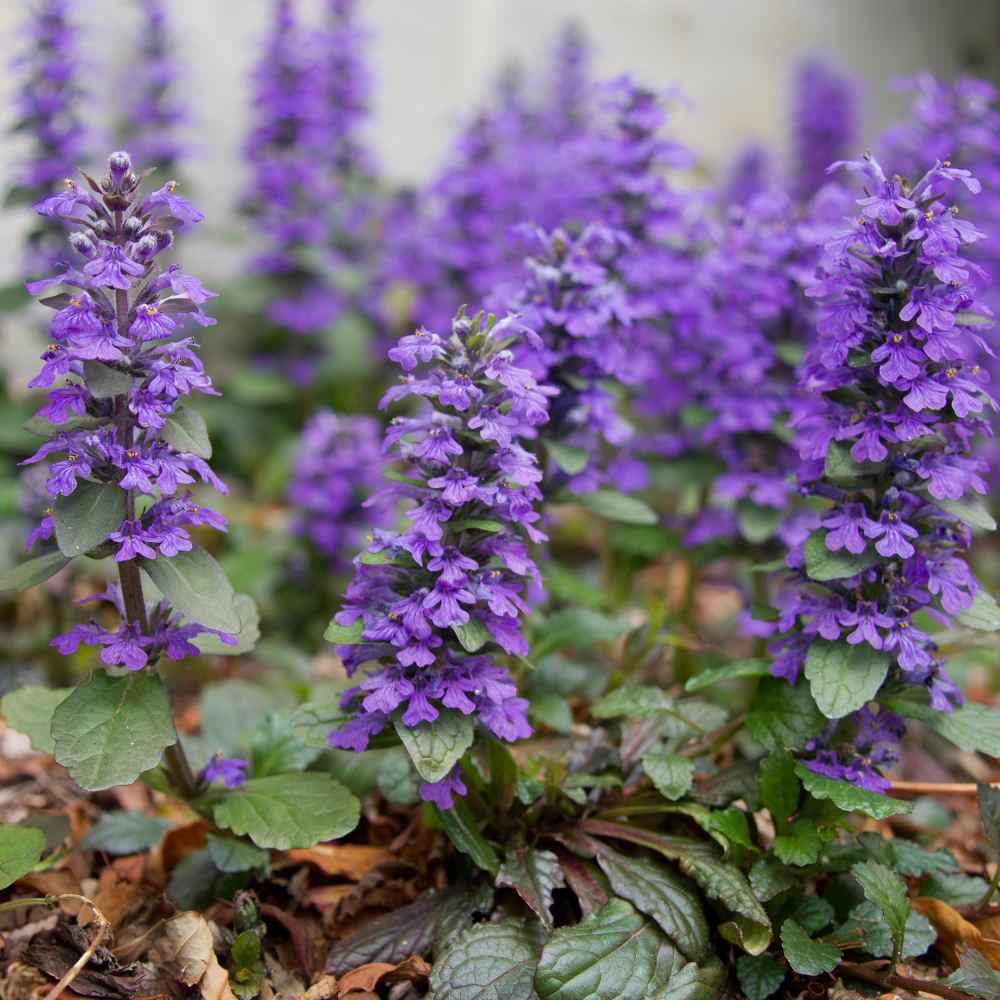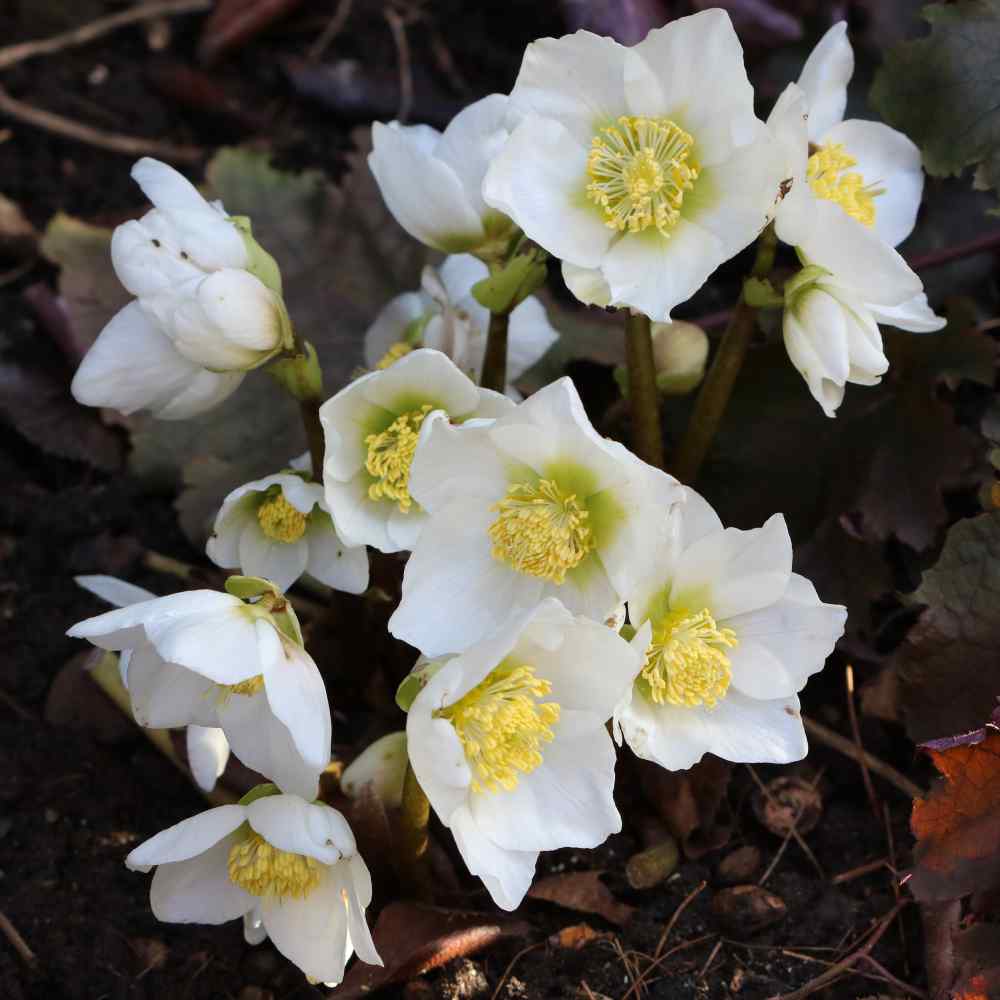
Bergenia Cordifolia Planting Guide
Quick Facts About Bergenia
Also known as pig squeak, so named for the sound its leaves make when rubbing together. Flowering groundcover plants have thick, leathery, shiny, evergreen leaves that are not only large, they are colored a very deep shade of green and are often used in floral arrangements.
Planting Time
Sow indoors 3 - 6 weeks before last frost. They can also be planted directly outdoors after danger of frost 15 inches apart in garden.

Planting Location
Likes sull sun where summers are mild or partial shade where summers are hot, with well draining soil.
How to Plant Bergenia Cordifolia
- Suraface sow 4 seeds per per plant outdoors spacing each plant 16 - 18 inches apart, and press onto soil (Do not cover) as seeds need light to germinate. Or start indoors 3 - 6 weeks before the end of your frost season in trays.
- Keep the soil moist until germination.
- Germination should occur in 21 - 42 days.
- If starting indoors: as soon as seedlings emerge, provide plenty of light on a sunny windowsill, greenhouse or grow seedlings to the true leaf stage beneath fluorescent plant lights turned on 16 hours per day, off for 8 hours at night. Raise the lights as the plants grow taller. (Transplant to larger pots once they are large enough to handle if needed) Incandescent bulbs will not work for this process because they will get too hot. Most plants require a dark period to grow, do not leave lights on for 24 hours.
- Before transplanting, seedlings need to be “hardened off”. Accustom young plants to outdoor conditions by moving them to a sheltered place outside for a week. Be sure to protect them from wind and hot sun at first. If frost threatens at night, cover or bring containers indoors, then take them out again in the morning. This hardening off process toughens the plant’s cell structure and reduces transplant shock and scalding.
- Transplant after all danger of frost has passed.

Care And Maintenance
- Keep weeds under control during the growing season. Weeds compete with plants for water, space and nutrients, so control them by either cultivating often or use a mulch to prevent their seeds from germinating.
- Mulches help retain soil moisture and maintain even soil temperatures. An organic mulch of shredded leaves lends a natural look to the bed and will improve the soil as it breaks down in time. Always keep mulches off a plant’s stems to prevent possible rot.
- Keep plants moist but not wet during the growing season, especially during dry spells. Plants like consistent moisture. It's best to water with a drip or trickle system that delivers water at low pressure at the soil level. If you water with overhead sprinklers, water early in the day so the foliage has time to dry off before evening, to minimize disease problems.
- Growing in loamy soil amended with organic matter provides all the nutrients they need.
- Cut back spent flower stalks to keep plants looking tidy in the summer. In areas where the foliage is marginally evergreen, trimming back tattered foliage will also increase plant tidiness.
- Cover clumps with straw or chopped leaves to protect them against freezing winter temperatures. This will protects the foliage and roots from the freezing and thawing cycle.
- Cutting down the spent flower stalks, will encourage plants to produce new stalks and more flowers.




































